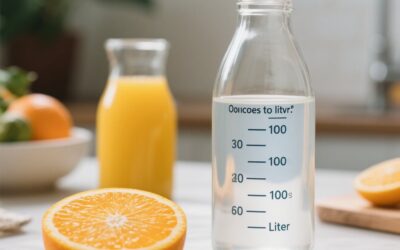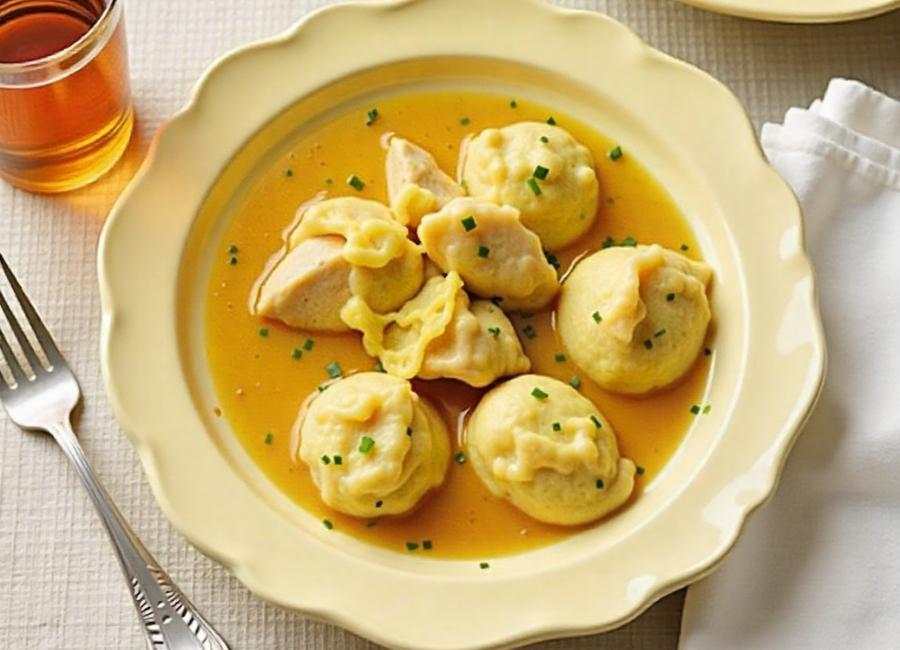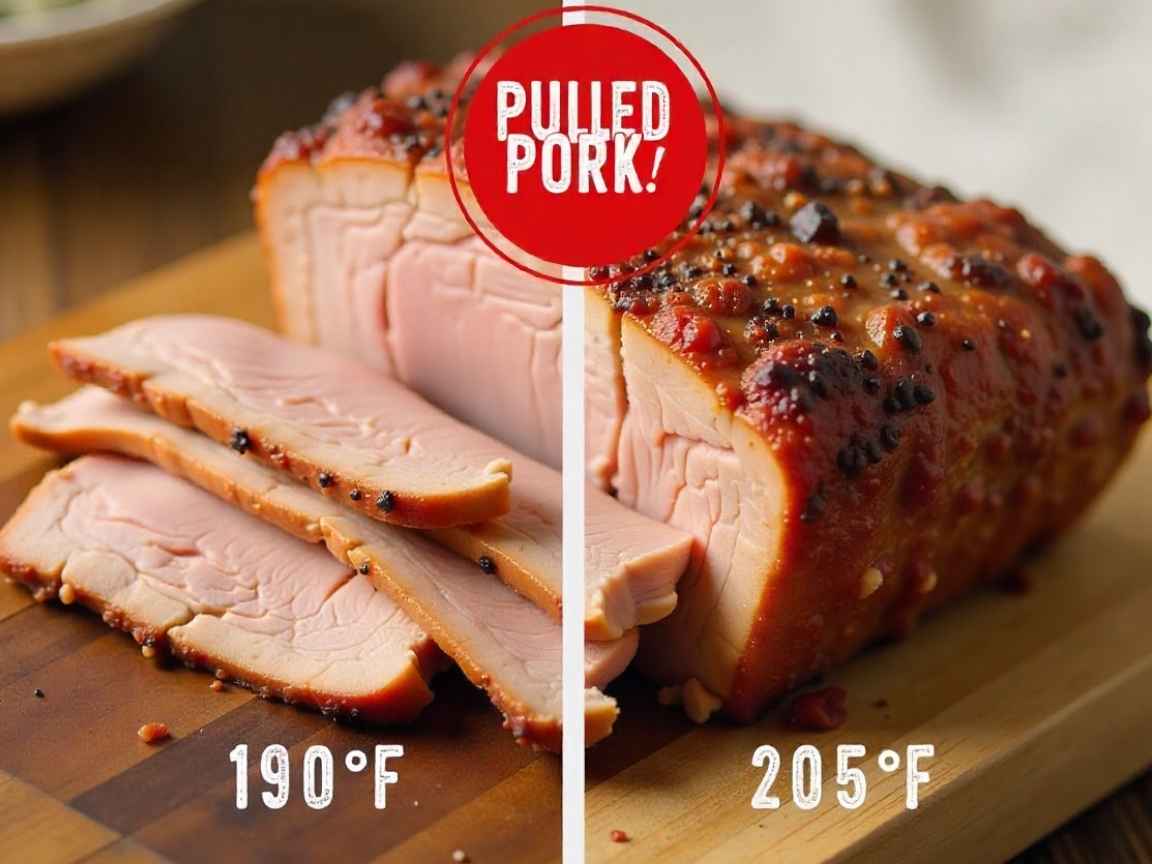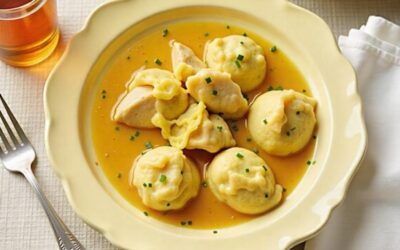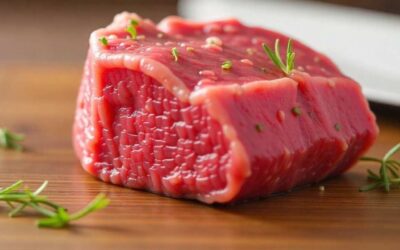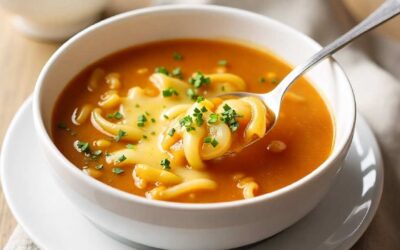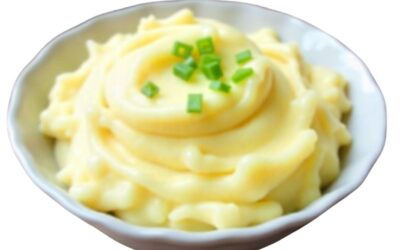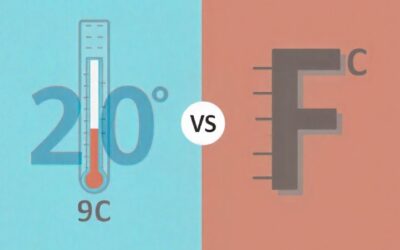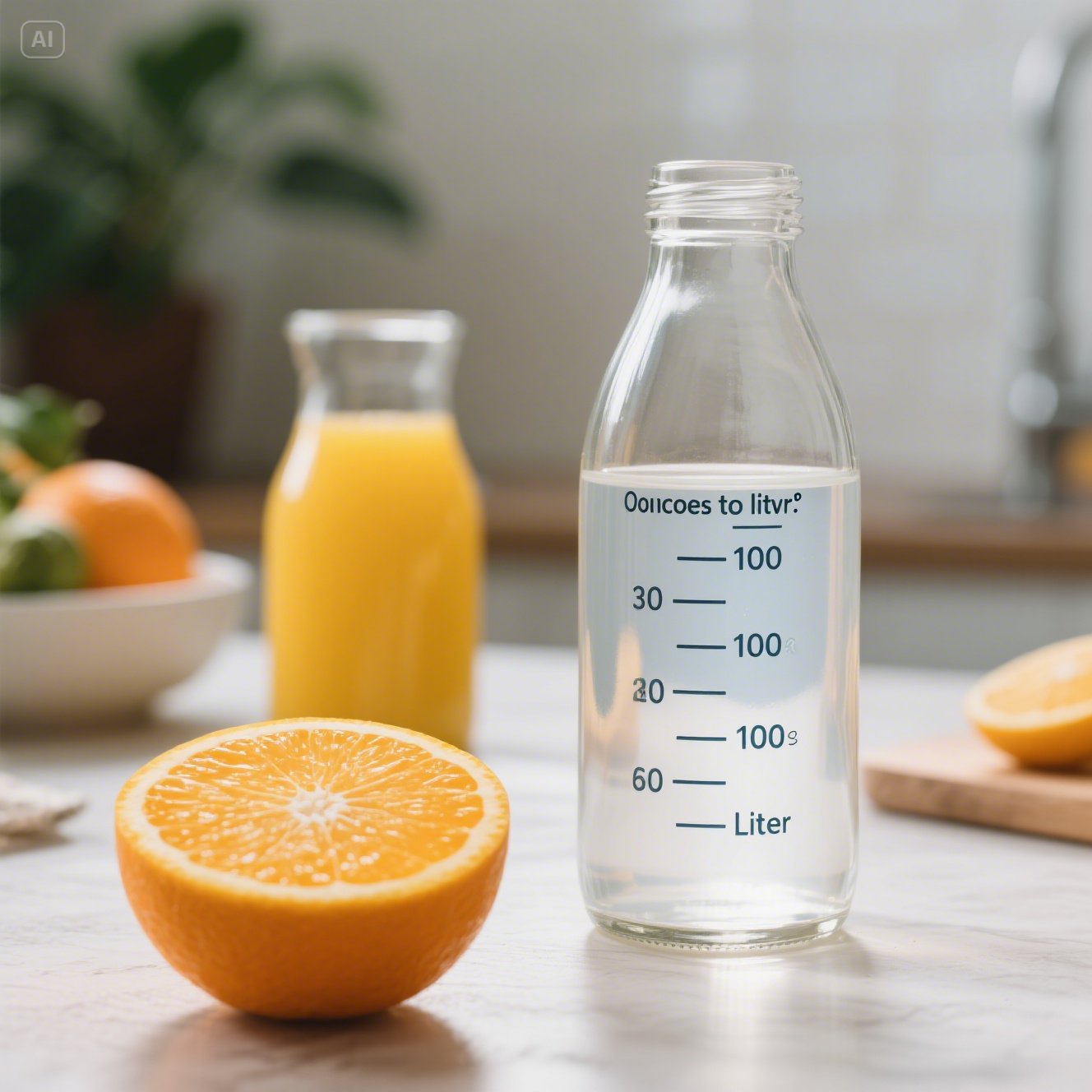Conversions don’t always roll off the tongue, especially when we’re dealing with fluid measurements. If you’ve found yourself faced with converting 100 ounces to liters and wondering how to complete the task efficiently, you’re in the right place! Whether you’re following a recipe, planning a bulk orange juice purchase, or just satisfying your curiosity, this blog will guide you through everything you need to know about converting ounces to liters.
Here, we’ll break down the method for conversion, provide some practical applications, and shed light on why understanding fluid measurements is essential for your day-to-day life.
Understanding Ounces and Liters

Before we begin the math, it’s important to distinguish what ounces and liters are and where they’re commonly used.
What Are Ounces?
Ounces, abbreviated as “oz,” are a standard unit of volume measurement in the United States and a few other countries that use the imperial or customary system. Specifically, the “fluid ounce” (fl oz) is used to measure liquids like water, orange juice, or even milk for recipes.
- Fun Fact: One fluid ounce equals 1/128 of a US gallon.
What Are Liters?
Liters, on the other hand, are part of the metric system and are used globally as a standard unit of volume measurement. Commonly found on soda bottles, juice cartons, and global recipes, liters are more widely accepted internationally.
- Fun Fact: The liter system dates back to 1795 in France during the metric system’s initial rollout!
With these systems serving different regions, conversions between ounces and liters are essential, especially when exchanging recipes or buying and selling internationally.
The Magic Number for Conversion
Here’s the simple formula you’ll want to remember when converting ounces to liters:
1 fluid ounce = 0.0295735 liters
Now, to find how many liters are in 100 ounces, multiply by this conversion factor:
100 oz × 0.0295735 = 2.95735 liters
Rounding it to two decimal places, 100 ounces equals 2.96 liters.
Simple, right? But for those who need approximate values for quick estimations, 100 ounces is roughly 3 liters.
Why You Might Be Converting 100 Ounces
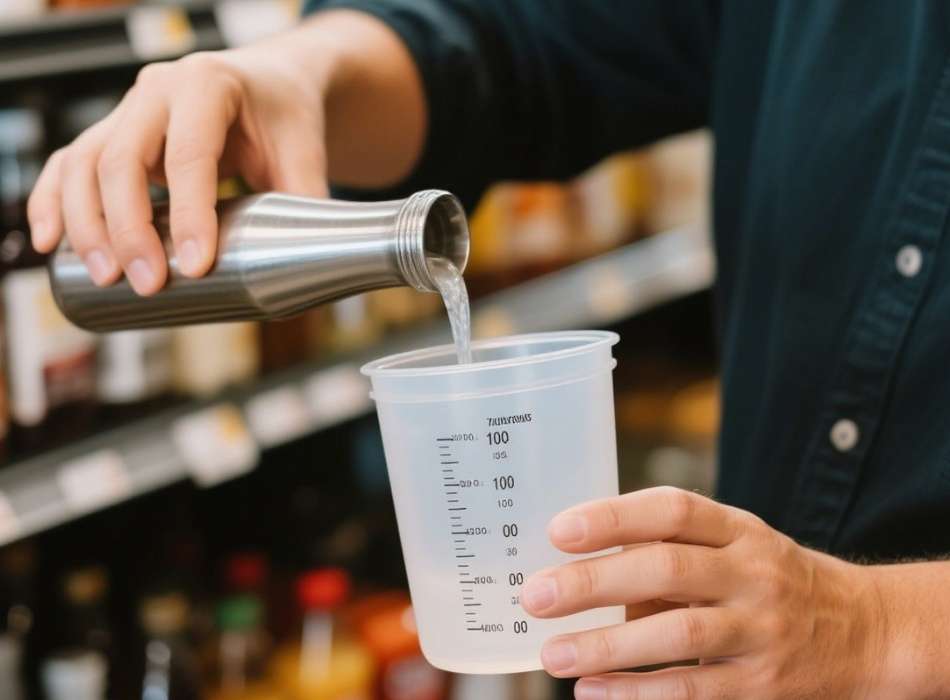
What makes 100 ounces such an interesting figure? Here are some everyday scenarios where this conversion comes in handy:
1. Following Recipes
Imagine following an international recipe that requires “100 ounces of liquid” for a soup or juice blend, but your measuring tools are more familiar with liters. Knowing how to convert allows for precise cooking and consistency.
2. Hydration Goals
Many fitness enthusiasts measure their daily water intake in ounces. For example, a common goal might be to drink 100 ounces per day. Converting this to liters gives you 2.96 liters, which is much easier to conceptualize when refilling a standard 1-liter water bottle three times during the day.
3. Stocking Orange Juice or Other Fluids
Planning to buy 100 ounces of orange juice with pulp at the store? You’ll need to understand this measurement in liters since most beverage brands use metric labeling. Knowing that 100 ounces equals about 3 liters helps you choose the right quantity for your needs!
Tips to Simplify the Process
You don’t need to memorize formulas to make conversions a breeze. Use these tips to simplify your day-to-day experience with volume measurements:
1. Use Online Converters
With just a quick search, online tools will give you instant conversions. Type “100 ounces to liters” into Google, and you’ll have your answer within seconds.
2. Keep Cheat Sheets Handy
Bookmark or print a simple cheat sheet with commonly used conversions. For example:
- 1 oz = 0.03 L
- 16 oz (1 US pint) = 0.47 L
- 32 oz (1 US quart) = 0.95 L
3. Invest in a Dual Measurement Cup
Many measuring cups include both ounces and liters/milliliters as scales. This handy tool saves time and effort with recipes or everyday beverage preparation.
The Larger Picture
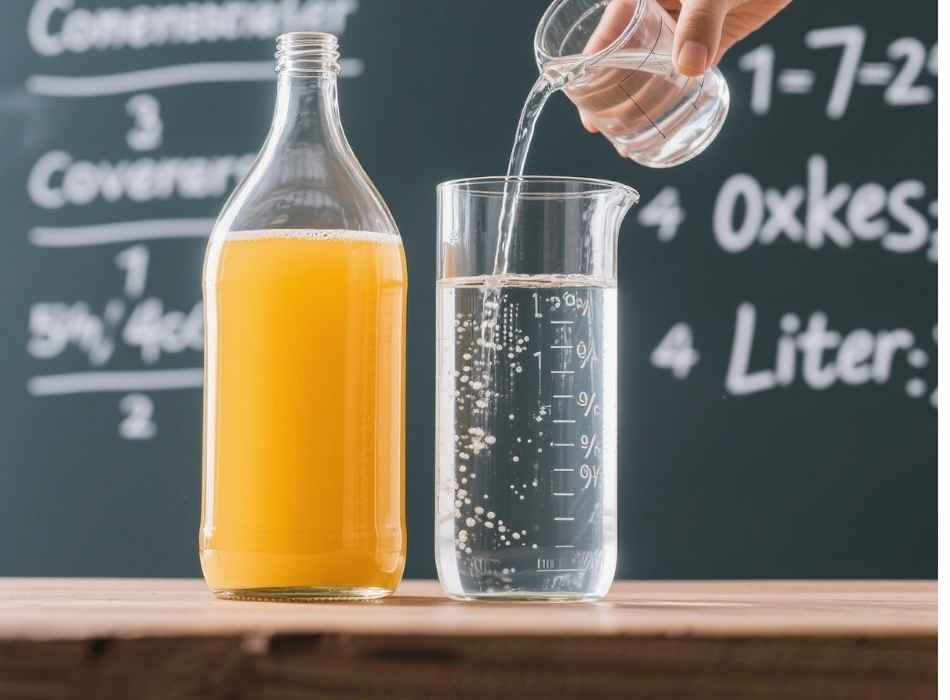
Understanding fluid conversions like ounces to liters has far-reaching benefits beyond routine tasks. Here’s why you might want to master it:
1. Global Recipes and Trade
If you enjoy cooking or baking, knowing how to convert measurements makes working with international recipes seamless. It also helps for understanding labels in foreign contexts (like buying imported orange juice with pulp in a country using metric measurements).
2. Metric Standards Worldwide
The metric system is used in over 95% of countries worldwide. Ounce-based measurements are mostly confined to the US, so developing familiarity with metric units helps in international travel or business.
3. Health and Fitness Goals
Whether tracking hydration, mixing protein shakes, or preparing smoothies, learning how ounces convert to liters will make staying on track with your goals easier.
Beyond Conversion – A Flavorful Highlight
To take your newly converted liters into a delicious application, consider experimenting with beverages like orange juice with pulp, an ideal breakfast staple that’s as healthy as it is refreshing. Did you know orange juice with pulp retains more nutrients and fiber compared to pulp-free varieties? It stands out in texture, authenticity, and health benefits. A refreshing 100-ounce container (roughly 3 liters) is perfect for making smoothies or zesty marinades for your meals.
Wrapping It Up
Converting 100 ounces to liters might seem like a trivial calculation, but its utility is undeniable. From recipes to personal hydration goals to shopping efficiently, understanding this conversion empowers you to engage in global contexts with ease.
The next time you encounter an unfamiliar measurement, remember the magic formula (1 ounce = 0.0295735 liters), or round it off to a quick approximation. Need help planning hydration-friendly recipes or figuring out how to integrate this knowledge into your day? Start small, track your conversions, and don’t be afraid to experiment in the kitchen.
And if you’re craving a refreshing start to your morning, give orange juice with pulp a try. After all, that tall, delicious glass of juice is even more satisfying when you know exactly how to measure it.










